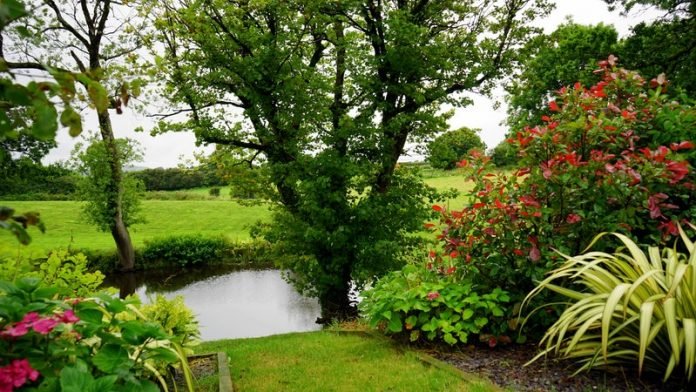
In a new study, researchers found that being able to see green spaces from home is linked to lower cravings for alcohol, cigarettes, and harmful foods.
This is the first study showing that passive exposure to nearby green space is linked to both lower cravings.
The research was led by the University of Plymouth.
Craving contributes to a variety of health-damaging behaviors such as smoking, excessive drinking, and unhealthy eating.
Previous research has shown that exercising in nature can reduce cravings, independent of physical activity.
In the new study, the team examined the link between exposure to natural environments, craving for different substances and the experiencing of negative emotions.
Participants completed an online survey that explored the relationships between various aspects of nature exposure, craving, and negative feelings.
The team also measured the proportion of green space in a person’s neighborhood, the presence of green views from their home, their access to a garden; and their frequency of use of public green spaces.
The researchers found that having access to a garden was linked to both lower craving strength and frequency, while residential views incorporating more than 25% green space had similar health effects.
The reduced craving occurred irrespective of physical activity level.
The findings show that simply being able to see green spaces can benefit people’s wellbeing.
Green spaces within towns and cities may provide big public health benefits and they should be protected.
Future research needs to see how green spaces can be used to help people withstand problematic cravings.
The lead author of the study is Leanne Martin.
The study is published in the journal Health & Place.
Copyright © 2019 Knowridge Science Report. All rights reserved.



